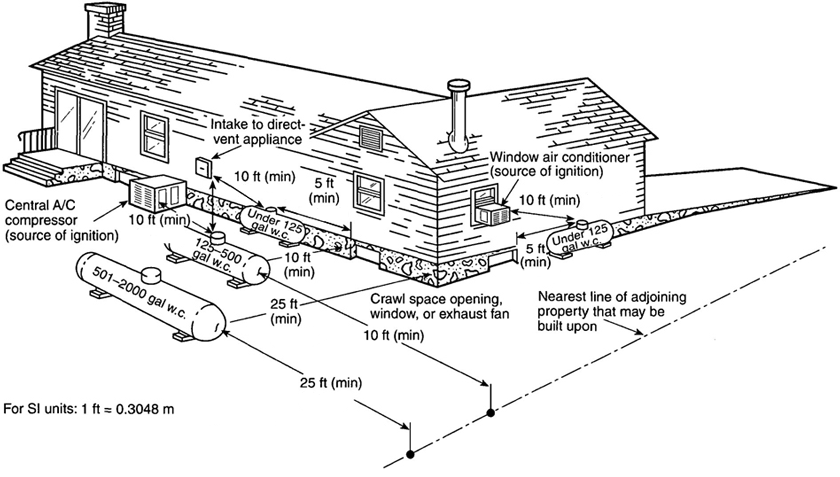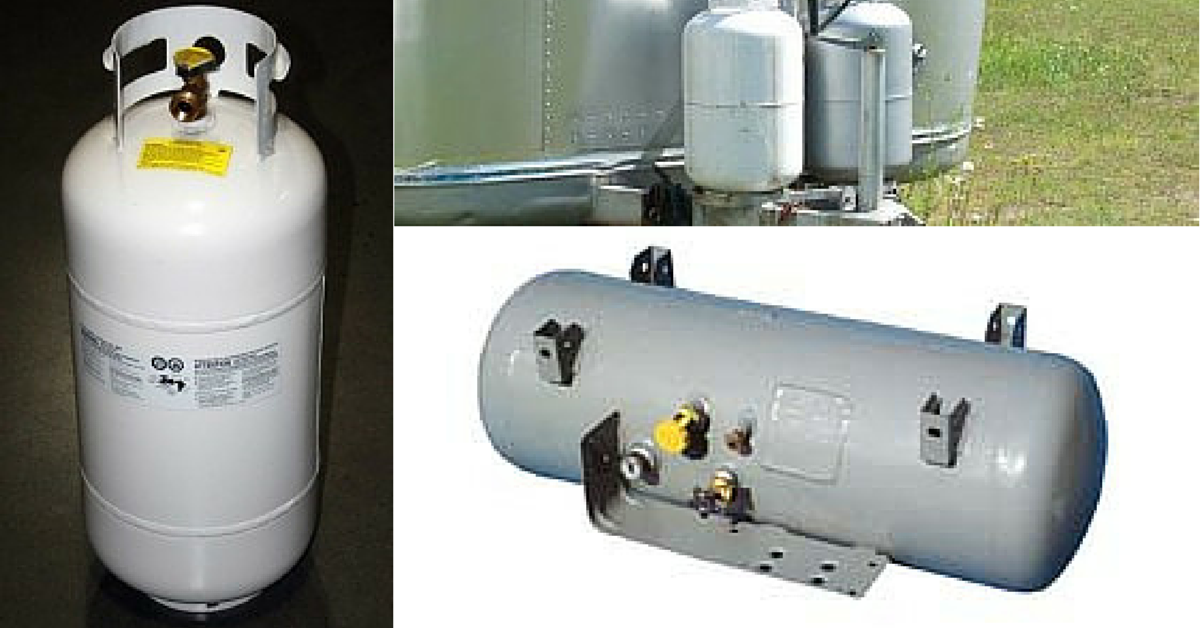Table Of Content

Its popularity has grown because of a variety of factors, not the least of which is its ability to be paired with a variety of standard heating options — such as furnace or boiler. Not only that, but it can be utilized with central or zone heating, as well as with forced air or radiant systems. Your area’s climate and your number of appliances affect how long your propane lasts. For example, 500 gallons in South Carolina generally lasts longer than 500 gallons in Maine, assuming the heating systems use propane.
Underground Buried Propane Tank Cost
At the same time, you don’t want to pay for a tank that’s too big for your property or fuel needs. Although rare, this tank size sometimes fulfills residential purposes – often buried underground on the property of a large home. Before signing the dotted line, you should find out which systems and appliances in the home run on propane. Propane can be used to fuel anything from heating systems to appliances like stovetops and washer/dryer units. Knowing the number of appliances powered by propane gives you the opportunity to calculate energy usage and costs. To estimate the cost of a propane tank for your home, you will need to decide how big your tank needs to be.
Get Your Propane Price Now
For example, a tank for heating in milder climates may not need to be as big as a tank for heating in a colder climate. This guide can help you determine the right size tank for your needs and location. Once you speak with an AmeriGas representative, our experts may need to perform a site survey at your location to decide the best place and size for your tank. A site survey, if necessary, usually occurs within a week of contacting us. Since we know the local regulations, we will also provide guidance regarding permits or paperwork.
What You Need To Know About Propane Tanks
We link you to these top-rated gas-supplying firms in your locale, and we pride ourselves on being key in enabling you to realize your propane gas use dream. It is a small tank with relatively more applications than the erstwhile discussed type, thanks to its relatively larger size. The tank must be positioned at least 5 feet from a building’s opening and 10 feet from a possible ignition source.
They are commonly useful in small household applications such as powering cooking ranges and fireplaces. You should locate a tank of this size at least 3 feet away from a building’s opening and 5 feet from an ignition source. A homeowner might use their 500-gallon tank to power a generator, water heater, or space heater.
Power More with AmeriGas Propane
And of all the NFPA 58 rules, the one with the greatest impact on residential propane tank installation deals with propane tank placement. The NFPA established minimum distances to reduce the risk of fire in the relatively rare case of a propane tank leak. These tank location standards also keep propane exhaust from escaping into building interiors. All AmeriGas installments follow these regulations and AmeriGas services only tanks that are located according to the NFPA code. Dealing with propane gas tanks means you must be on the right side of the law because it is a highly flammable fuel. Notably, most of the regulations on propane tank installations are meant to ensure safe use at all times.
Cape man learns he doesn't own tank fueling heating, cooking of new home - WCVB Boston
Cape man learns he doesn't own tank fueling heating, cooking of new home.
Posted: Thu, 21 Mar 2024 07:00:00 GMT [source]
If a site survey is not needed, we will typically be able to schedule your tank installation within seven business days. Propane tanks last for 30 years or more, so it’s possible that you could save money by buying a propane tank. However, if you won’t be at your current house for long, you probably won’t see any actual savings. Fortunately, some propane providers lease propane tanks for a small monthly or yearly fee of about $50 to $250 a year.
Therefore, they’re not very appealing and take up space in your yard. A 100lb tank is typically used for mixed heating systems or residences with limited propane usage. Knowing the primary uses of propane in the house can help you determine the approximate amount of propane consumed and how often the tank will need refilling. Common uses of propane include heating, cooking, water heating, and fueling outdoor appliances like grills, fire pits, and patio heaters.

Vertical Tanks

Propane is often cheaper than electric, and with better price stability you have more predictable energy bills. Flexible payment plans are tailored around your needs, so you can get the propane you need, when you need it, without breaking the bank. Propane kitchen appliances come in many styles to suit your kitchen design and cooking style with precision, control and cost savings. If you aren't sure, go out to your tank and check its exterior to see if there is a sticker or some other kind of identifying information that tells you who to call.
One of the most significant variables in propane tank installation cost is the tank size. Residential propane tanks are typically between 20 and 1,000 gallons. However, 20-gallon tanks are only sufficient for an outdoor grill or a small appliance such as a dryer.
It is a clean, efficient, and high-performing way to heat your house. When the driver comes for the first time after you've purchased the house, ask them to help you by showing you what propane smells like. This is very important for first-time propane users because, while leaks are rare, it is important that you are able to identify one.
At the same time, your goals will need to also allow easy access to the tank and, importantly, comply with safety regulations. On the upside, most of these needs are compatible, enabling us to find a spot for your propane tank that is both inconspicuous and safety compliant. Between drainage, disconnection, and excavation fees, you could pay $500 or more if you decide to have your propane tank removed. Because there are significant safety and environmental concerns that accompany removing a propane tank, this must be completed by a propane company. As with installation, the cost will be higher if the tank is located underground.
From heating to cooking and beyond, propane can run all the appliances you use most. Propane is a high-performing, efficient, and cost-effective energy source to keep you powered up. One consideration for refilling would be the potential savings, but saving up to $2 per gallon may be offset by the inconvenience of finding an open filling station.
Working hours for the excavation team are extra at about $500–$600, starting with $95 for the first 30 min +$75/man/hour. Some propane leasing companies have a minimum order of 100 gallons. Besides propane delivery, we also offer preventive maintenance tune-ups. Available in select areas, our experienced technicians can perform routine inspections and maintenance to confirm your system is working efficiently. If you've asked all of the big questions prior to purchasing your home, there shouldn't be any question about who owns and services the tank. However, if that information wasn't adequately communicated or if you're reading this after the fact, don't worry.

No comments:
Post a Comment